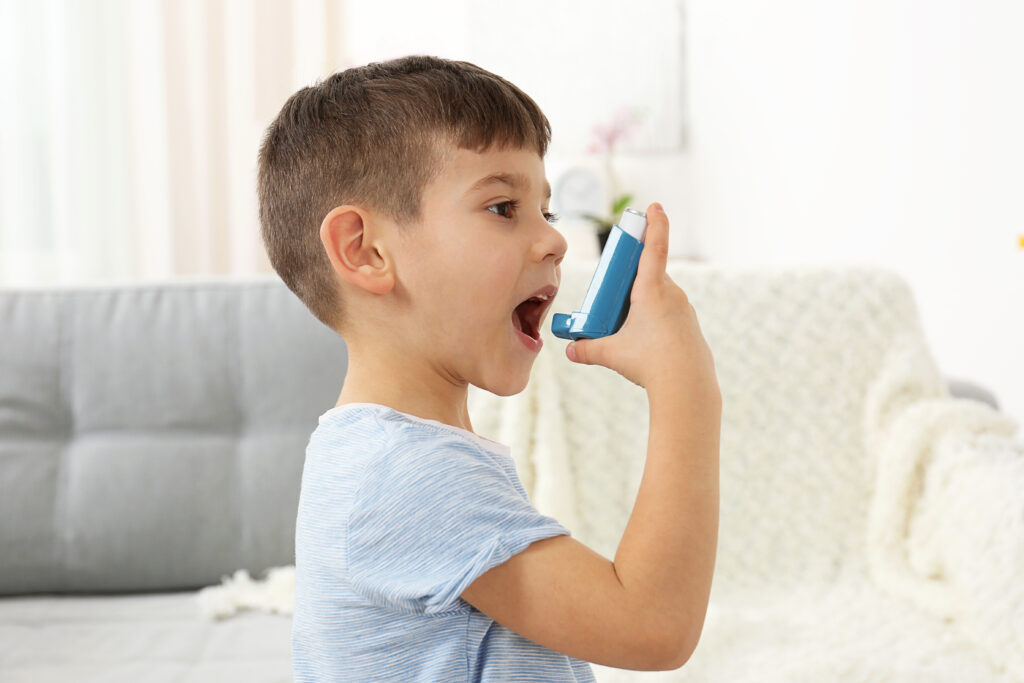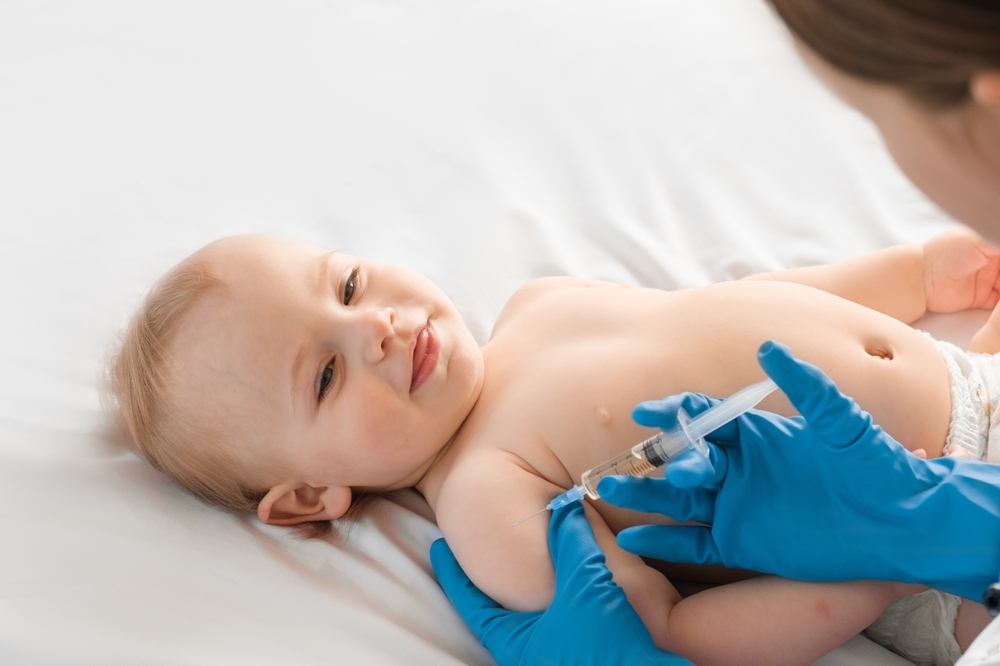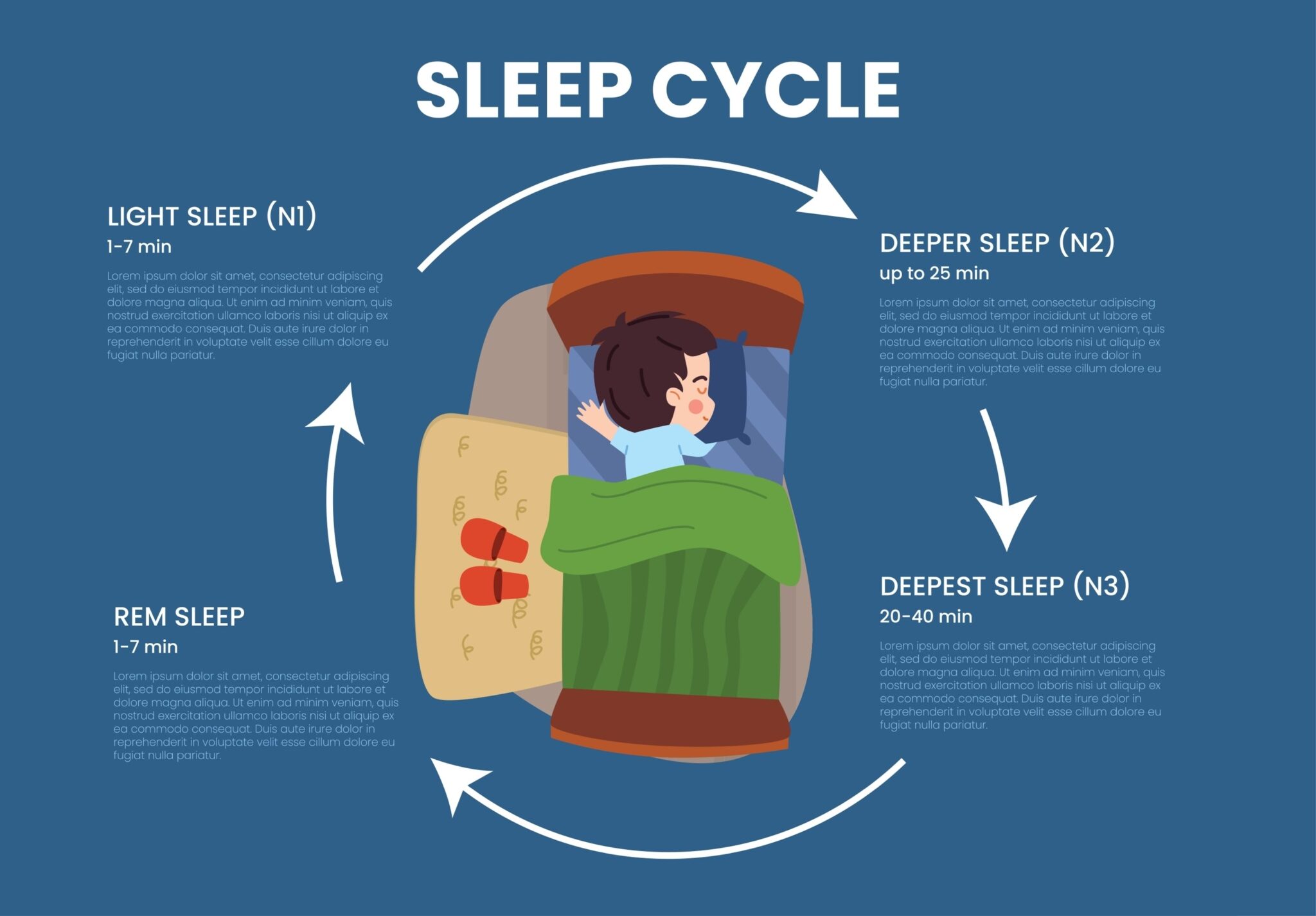Navigating your child’s health often feels complex, especially when it involves managing respiratory conditions like asthma or bronchospasm. Albuterol, a common medication, frequently helps open airways and makes breathing easier. As your trusted concierge pediatric practice in Beverly Hills and West Los Angeles, we at Beverly Hills Pediatrician want to provide clear, reliable information on its Albuterol dosage and administration.
Always remember that your child’s doctor must guide Albuterol use, as dosages vary based on age, weight, and the specific condition under treatment.
Here’s a general overview of Albuterol dosage and administration, drawing from trusted medical resources:
Essential Considerations for Albuterol Use and Administration:
- Always Consult Your Doctor: This information offers general guidance only. Always follow the specific instructions and dosage recommendations your pediatrician provides regarding your child’s Albuterol dosage.
- Do Not Exceed Prescribed Doses: Giving more Albuterol than prescribed can lead to serious side effects. Therefore, understanding proper Albuterol administration is crucial.
- Understand the Purpose: Albuterol functions as a “rescue” medication, used to relieve sudden symptoms like wheezing, shortness of breath, and coughing. Doctors do not typically use it for long-term control unless they specifically instruct for ongoing Albuterol treatment.
Albuterol Dosage & Administration by Form:
Albuterol comes in various forms, primarily inhalation aerosol (inhaler), inhalation powder (inhaler), and inhalation solution (for use with a nebulizer). Each form requires specific Albuterol administration guidelines.
1. Albuterol Inhalation Aerosol and Inhalation Powder: Inhaler Dosage

(Proper technique is essential for effective Albuterol administration via an inhaler)
Children typically use these forms with a metered-dose inhaler (MDI) or a dry powder inhaler (DPI). Proper technique is vital; it ensures the medication effectively reaches your child’s lungs. Your doctor will likely demonstrate how to use the inhaler, often with a spacer for younger children, to ensure correct Albuterol administration.
Albuterol Inhaler Dosage (Aerosol/Powder)
| Condition | Age Group | Recommended Dosage | Important Note |
| Treatment/Prevention of Bronchospasm | Children younger than 4 years | Use and dose must be determined by your child’s doctor. | Always follow specific instructions from your pediatrician for Albuterol administration. |
| Prevention of Exercise-Induced Bronchospasm | Children younger than 4 years | Use and dose must be determined by your child’s doctor. | Consult your doctor for individualized Albuterol dosage for exercise-induced symptoms. |
2. Albuterol Inhalation Solution: Nebulizer Dosage and Administration
A nebulizer administers the inhalation solution. This device turns the liquid medication into a fine mist your child can inhale through a mask or mouthpiece. Many parents prefer this method for younger children or those who have difficulty using an inhaler for Albuterol administration.
Albuterol Inhalation Solution Dosage (Nebulizer)
| Condition | Age Group | Recommended Dosage | Frequency |
| Prevention of Bronchospasm | Children 2 to 12 years | 0.63 to 1.25 milligrams (mg) | 3 or 4 times per day as needed |
| Prevention of Bronchospasm | Children younger than 2 years | Use and dose must be determined by your child’s doctor. | As determined by your child’s doctor for Albuterol dosage. |
What Parents Need to Know About Albuterol: Practical Guidance
Knowing these practical details helps you manage your child’s respiratory health more effectively.
- Symptoms to Watch For: Be aware of symptoms that might indicate the need for Albuterol, such as coughing, wheezing, shortness of breath, or chest tightness. Proper Albuterol administration, therefore, can help relieve these.
- When to Seek Emergency Care: If your child’s breathing difficulties worsen, they have trouble speaking, their lips or fingernails turn blue, or they seem unusually tired or confused, seek immediate medical attention, even after Albuterol administration.
- Proper Storage of Albuterol: Store Albuterol as directed by your pharmacist and pediatrician, usually at room temperature and away from direct light and heat.
- Potential Side Effects of Albuterol: While Albuterol is generally safe and effective, some children may experience side effects. These can include nervousness, shakiness (tremors), a fast heartbeat, headache, or dizziness. Consequently, discuss any concerns about side effects with your pediatrician regarding your child’s Albuterol use.
Q&A About Albuterol Dosage & Administration:
Here are some common questions parents ask about Albuterol, providing further clarity on its use.
Albuterol acts as a bronchodilator, relieving symptoms of bronchospasm like wheezing, shortness of breath, coughing, and chest tightness, which often occur with conditions such as asthma. It effectively opens the airways in the lungs, making Albuterol administration crucial for symptom relief.
Your child may need Albuterol if they experience sudden wheezing, coughing, shortness of breath, or chest tightness. Always consult your pediatrician for a proper diagnosis and treatment plan, including appropriate Albuterol dosage.
A spacer is a device used with an inhaler to help deliver the medication more effectively to the lungs, especially in children. It holds the medication in a chamber after it releases from the inhaler, allowing your child to inhale it slowly and deeply. This significantly improves Albuterol administration efficiency.
A nebulizer is a machine that converts liquid Albuterol medication into a fine mist. Your child breathes this mist in through a mask or mouthpiece. Doctors often recommend this method for younger children or those who find coordinating breathing with an inhaler challenging.
Common side effects can include nervousness, shakiness (tremors), a fast heartbeat, headache, and dizziness. Usually, these effects are mild and temporary. If you notice any concerning or severe side effects, contact your pediatrician about your child’s Albuterol dosage.
Typically, you use Albuterol “as needed” for symptoms. If your child is on a scheduled dose and misses it, administer the next dose when it’s due, or as advised by your pediatrician. Do not double up on doses.
Albuterol typically begins to work within minutes of administration, with its peak effect usually seen within 30 minutes to an hour.
Seek immediate medical attention if your child’s breathing difficulties worsen, they struggle to speak, their lips or fingernails appear bluish, or they become unusually tired or confused, even after using Albuterol.
Yes, doctors can use Albuterol to prevent exercise-induced bronchospasm. Your pediatrician will provide specific instructions on when and how to administer it before physical activity, guiding the correct Albuterol administration.
Empowering Parents Through Albuterol Education
Understanding your child’s medication forms a key part of their care. This guide to Albuterol dosage and administration aims to equip you with the knowledge to manage your child’s respiratory health confidently, always in consultation with your pediatrician. At Beverly Hills Pediatrician, we are committed to providing comprehensive, personalized care for your child’s health needs. If you have any questions about Albuterol or your child’s respiratory health, please do not hesitate to reach out to us. We are here to support you every step of the way.
For more information on our services, visit our website. To schedule an appointment, please visit our appointments page or learn more about our concierge medicine for kids. You can also find more helpful articles on our blog.




